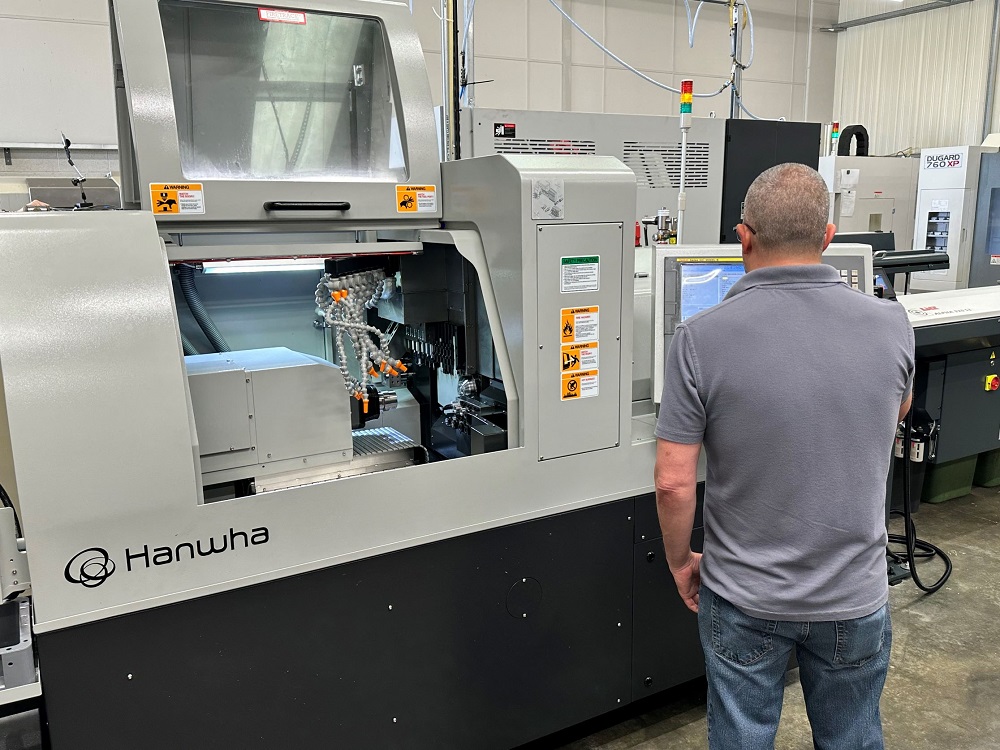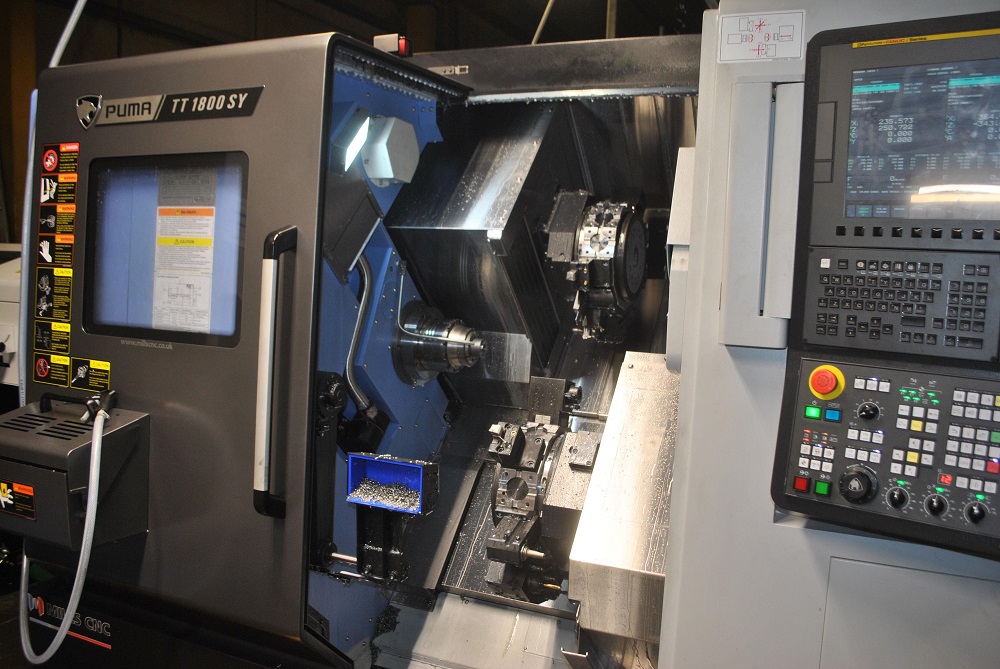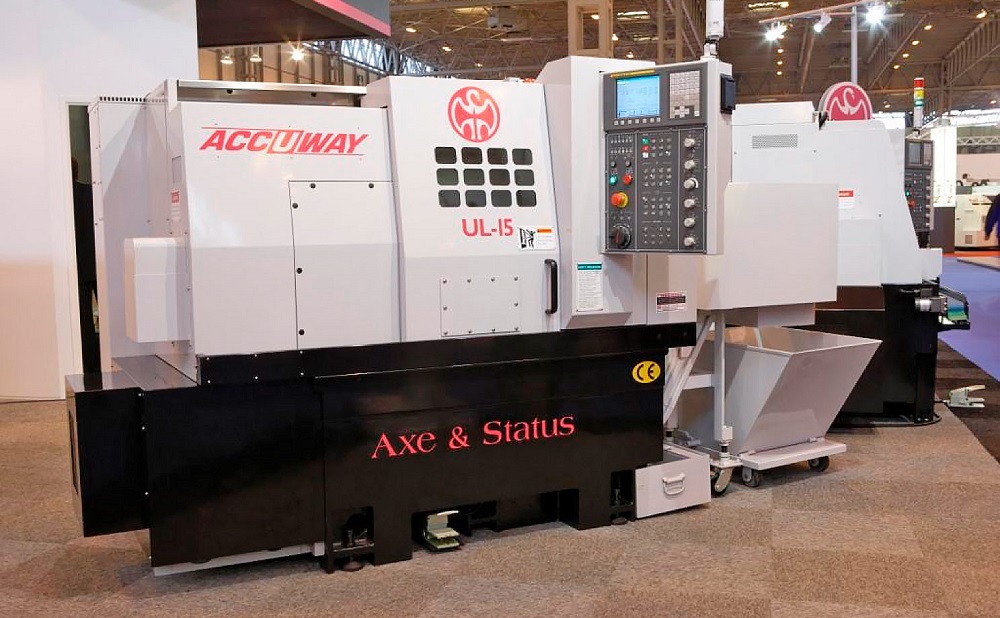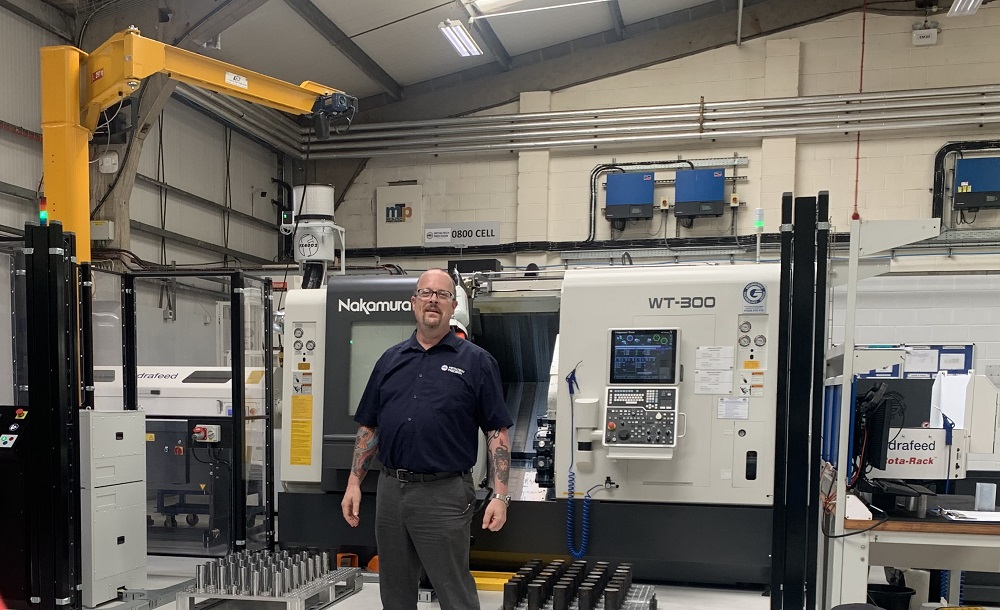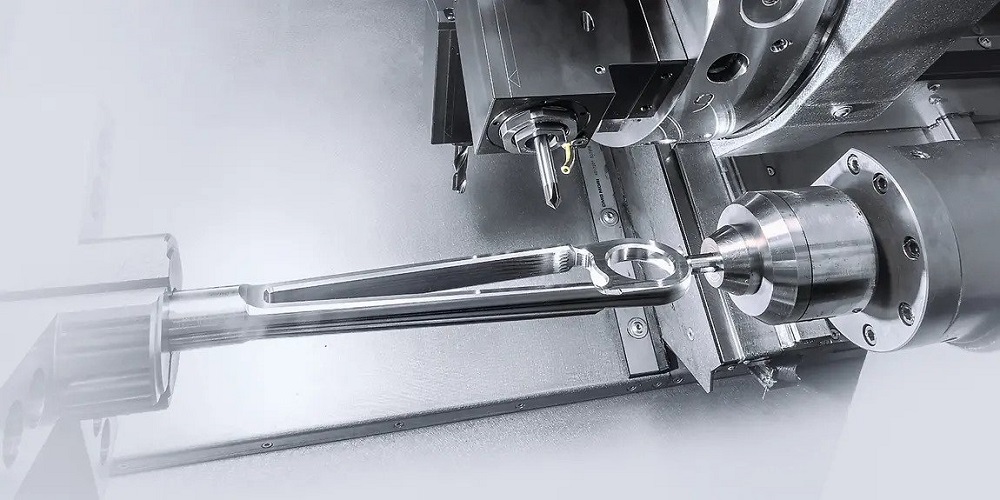Located in Brockworth on the outskirts of Gloucester, Adnet Precision Engineering is a subcontract manufacturer that continually grows its business. Operating in the defence, pharmaceutical, aerospace, metrology, medical, telecommunications and semiconductor industries, the company has ramped up its investment in machine tools to support ongoing growth. The latest investments include an array of turning centres and sliding-head lathes from Dugard.
Caroline Day, director at Adnet Precision,says: “We already had one sliding-head machine, but we were running out of capacity, so we invested in the Hanwha XD20-IIV. This new machine is running parts more than 30% faster than our existing sliding head.”
With a maximum speed of 10,000rpm on the main spindle and 8000rpm on the sub-spindle, the machine has a spindle motor power of 2.2/3.7kW. A FANUC 32i-B CNC drives the Hanwha XD20IIV, which provides precise machining through its high tool adaptability, minimised thermal displacement and driven-tooling capabilities. The Hanwha XD20IIV is supplied material via a 3m bar feed.
Most recently, the company purchased a SMEC SL2000SY twin-spindle turn-mill centre from Dugard. This workhorse has an 11/18kW spindle motor that provides high torque for maximum material removal, while the heavily ribbed Meehanite cast and structural design provide high levels of surface finish, repeatability and precision. The 8-inch chuck machine has a sizeable capacity with a swing over bed and cross slide of 650 and 540mm respectively,alongside a maximum machining diameter of 395mm and a maximum machining length of 450mm.
“With the twin spindles we can achieve a lot more work; it’s probably 30% more efficient than the two machines it replaced,” says Day. “The machine also has far more capability.”
For further information www.dugard.com






